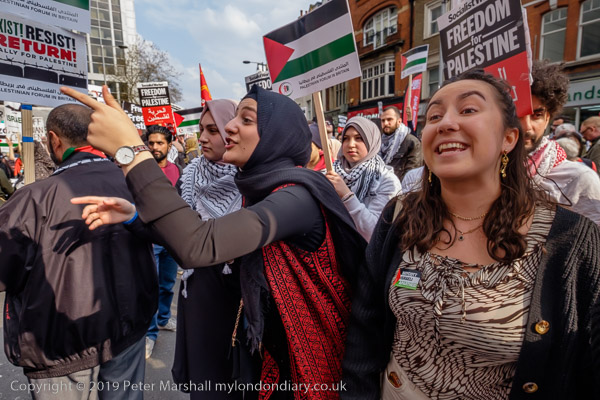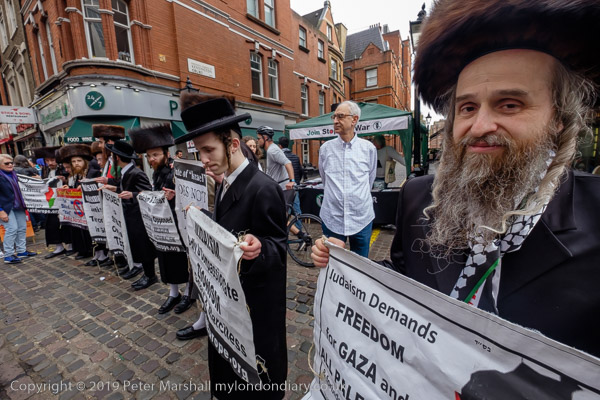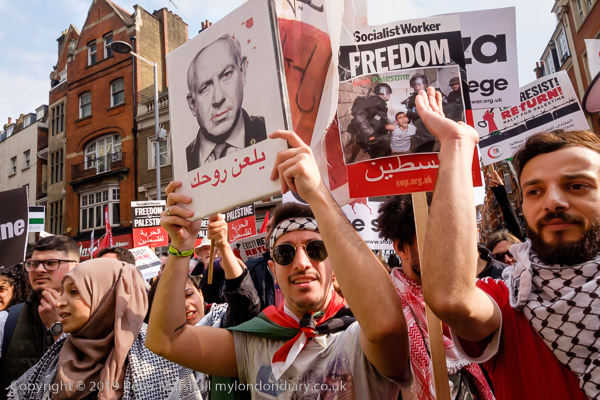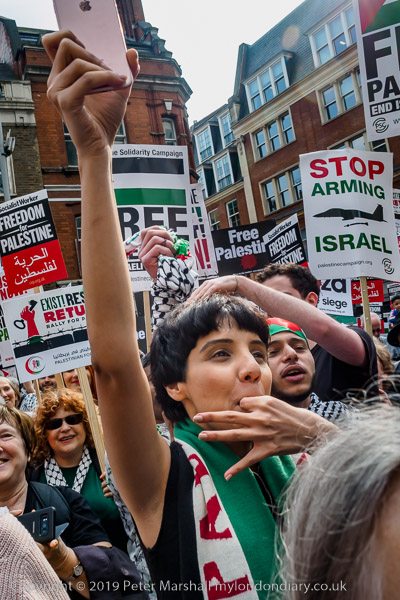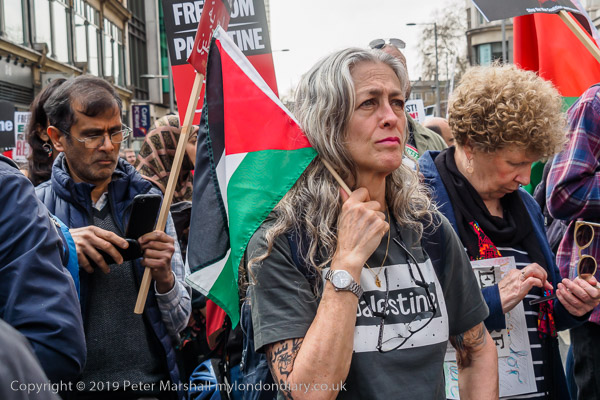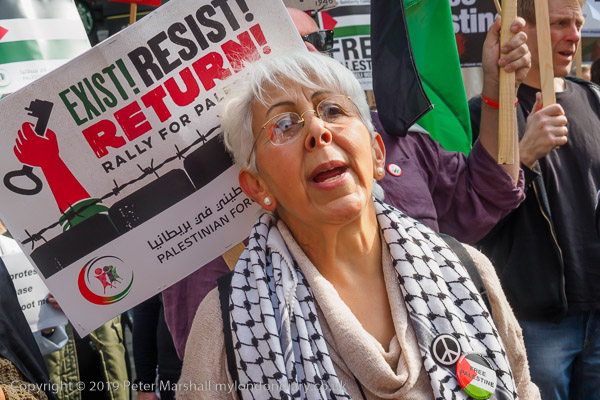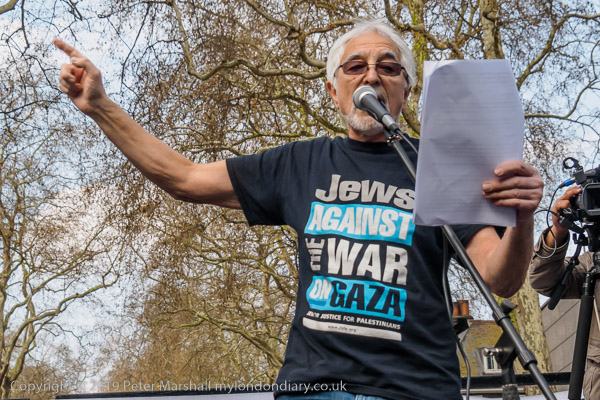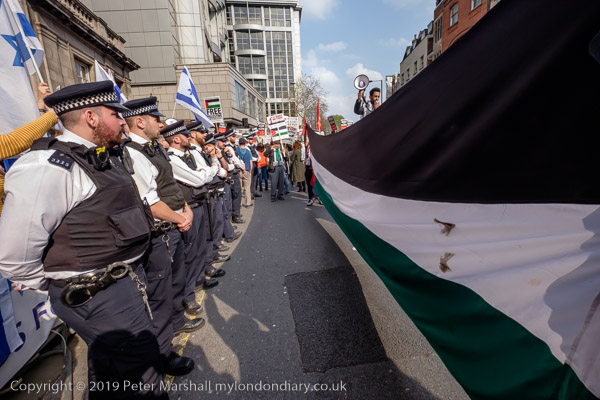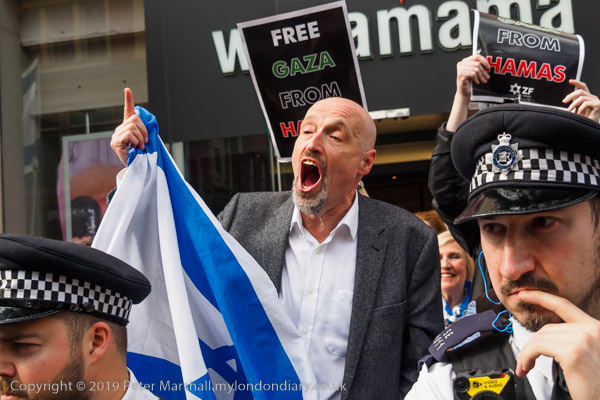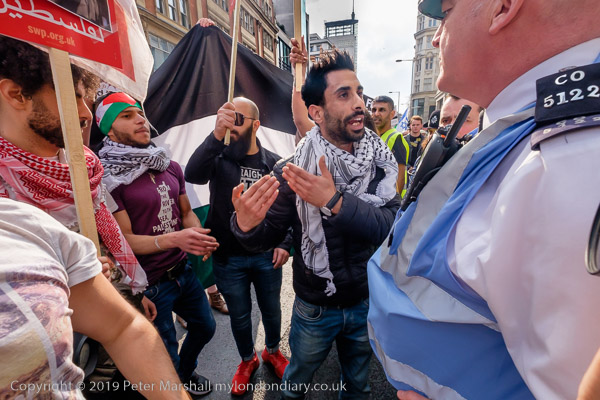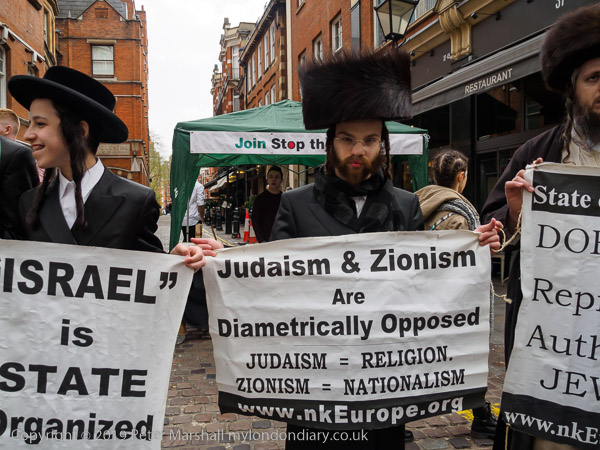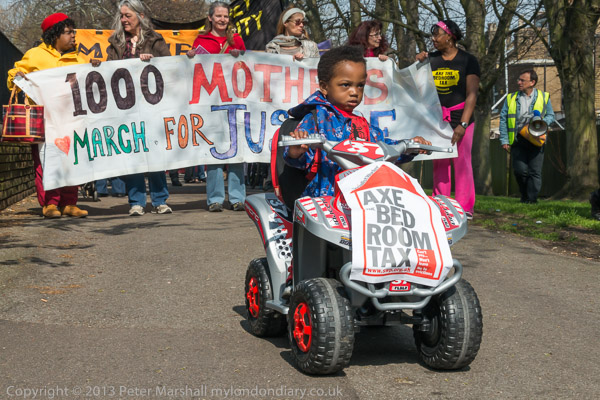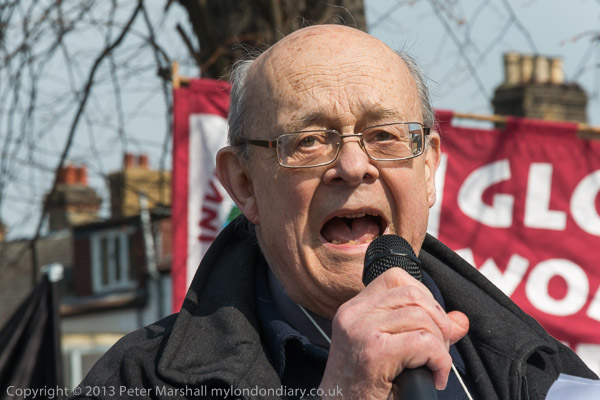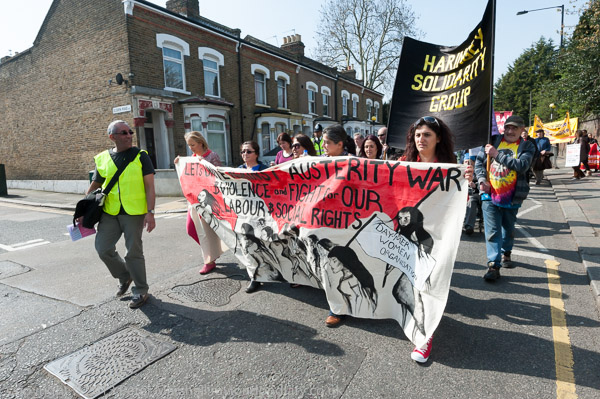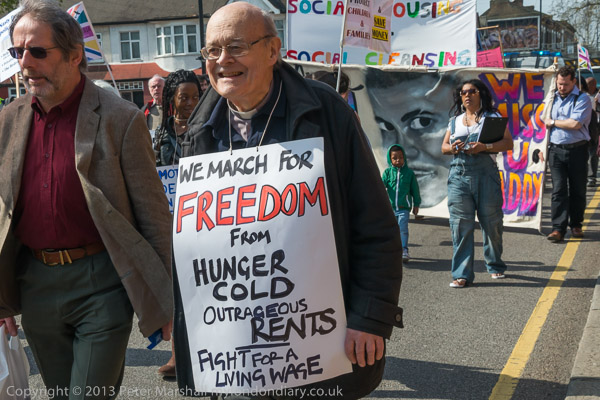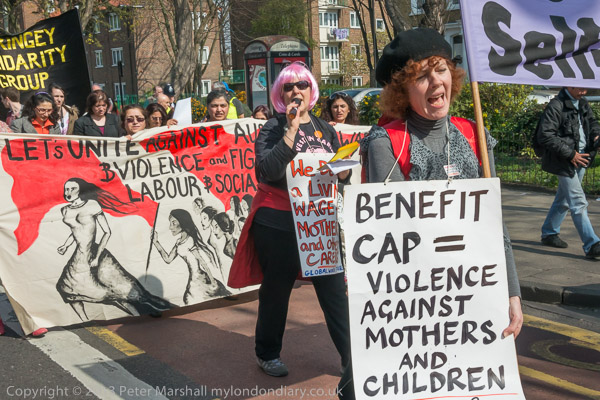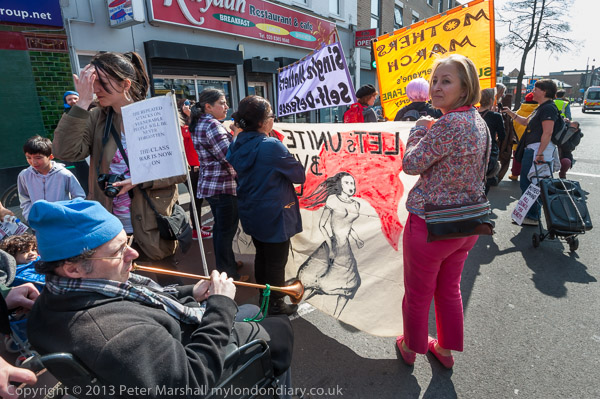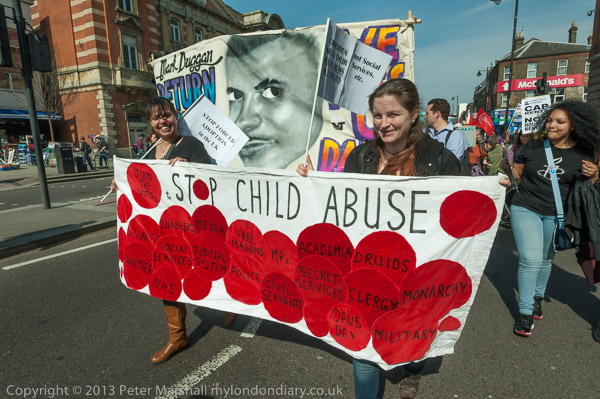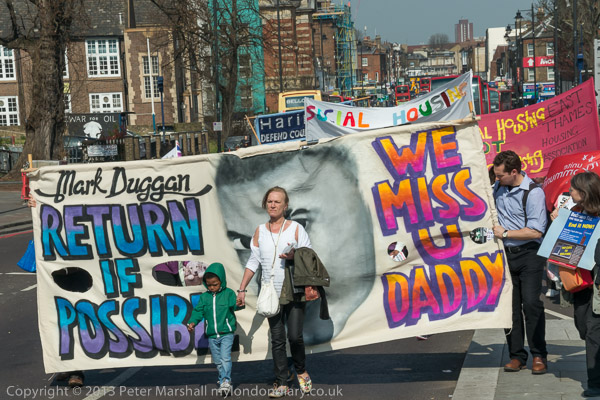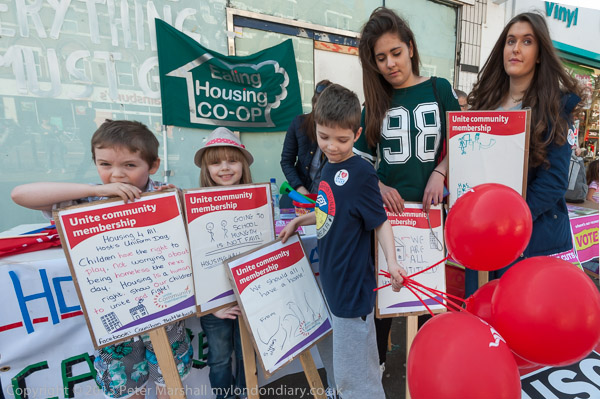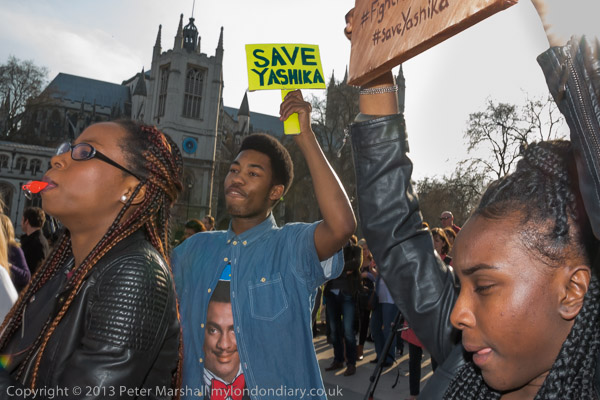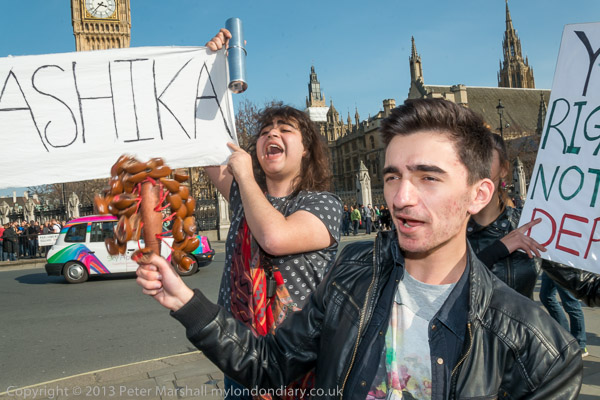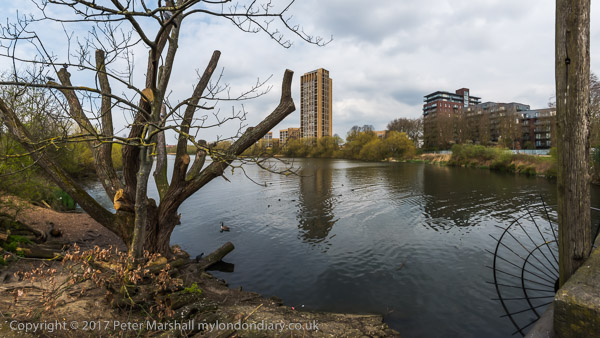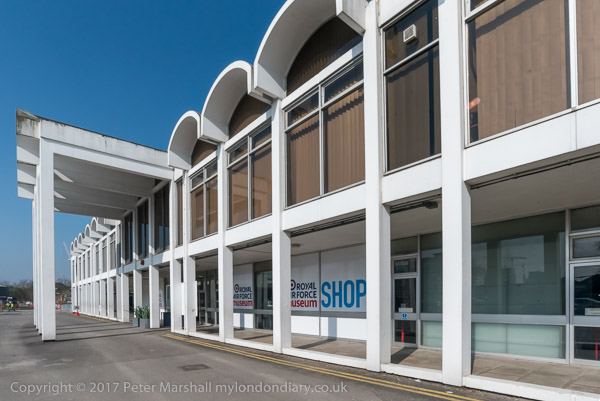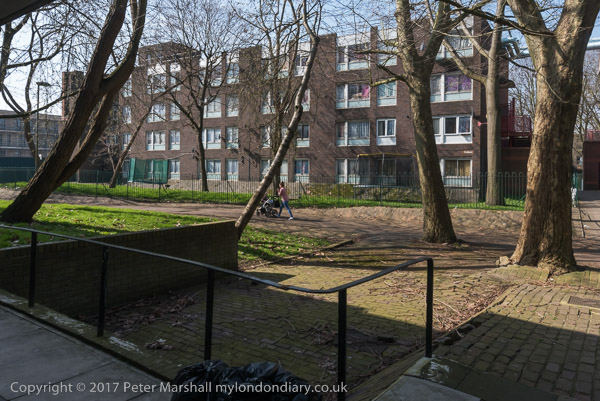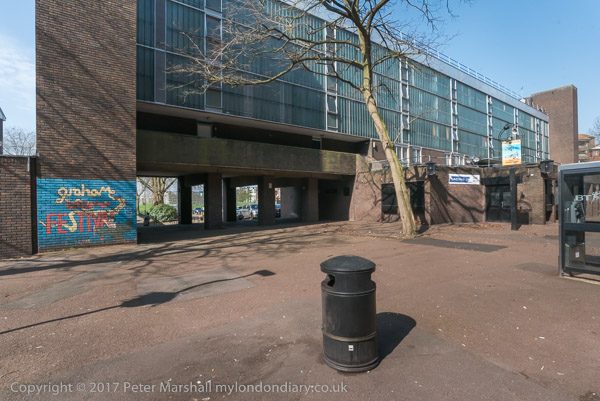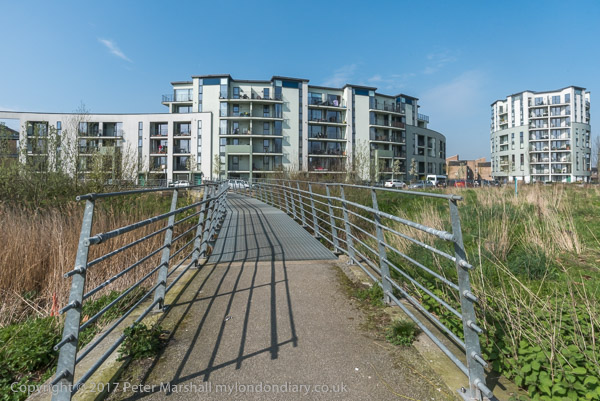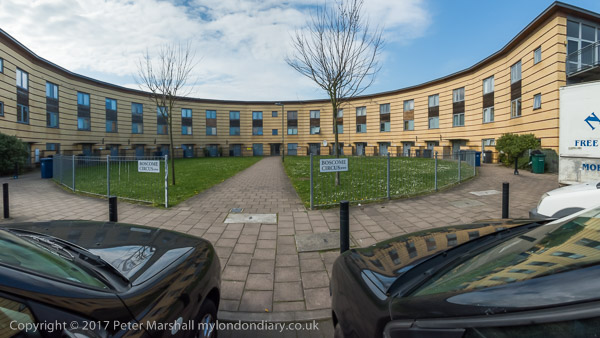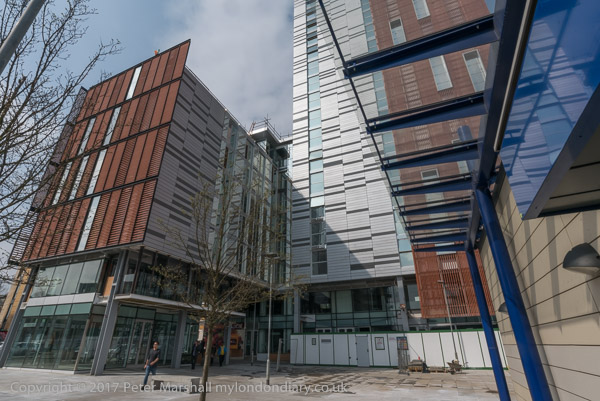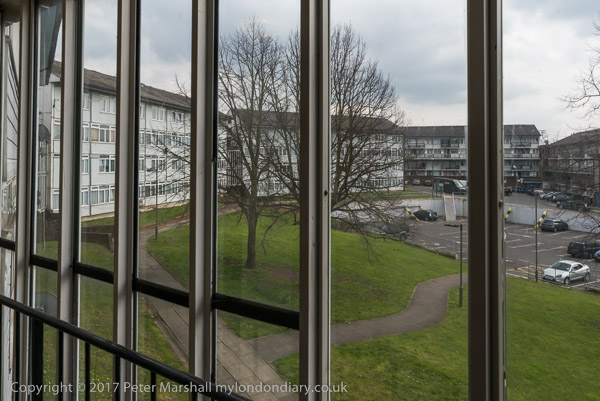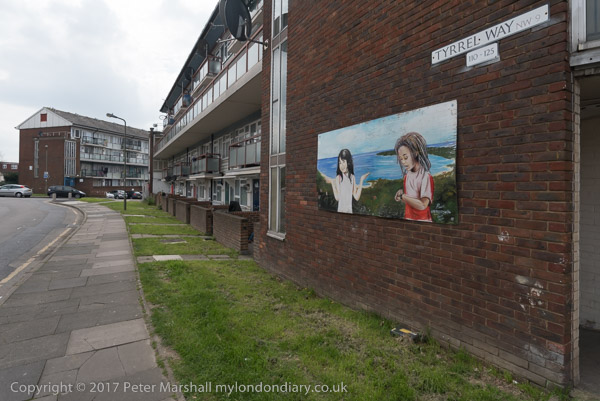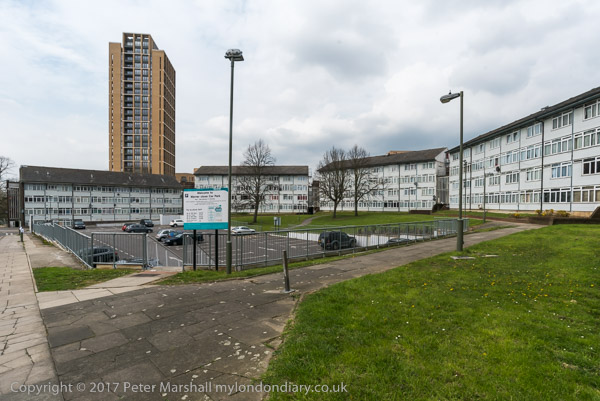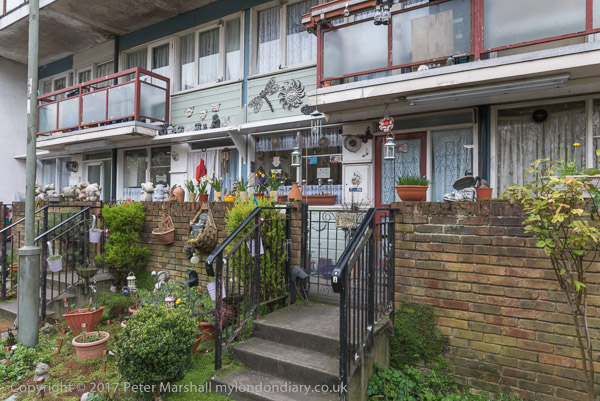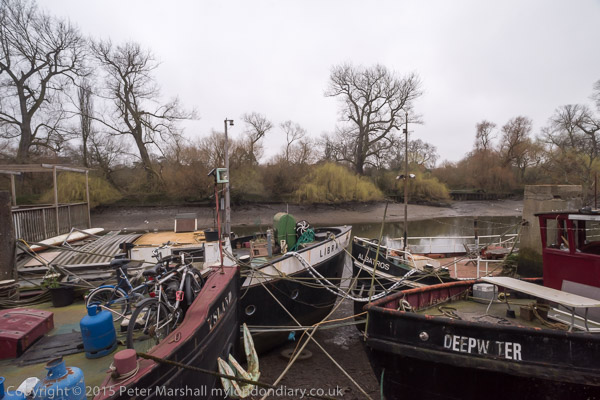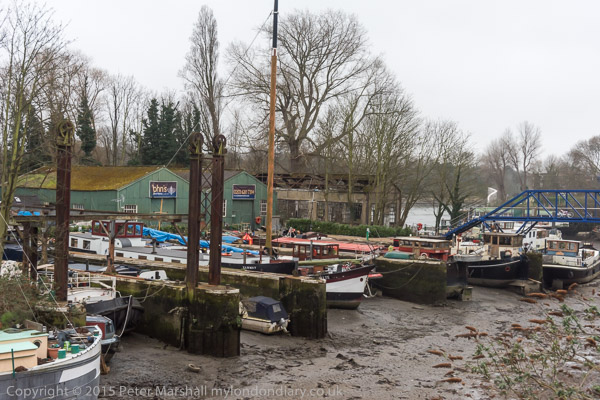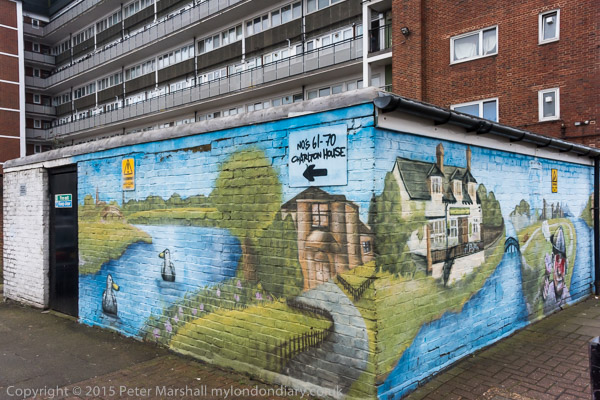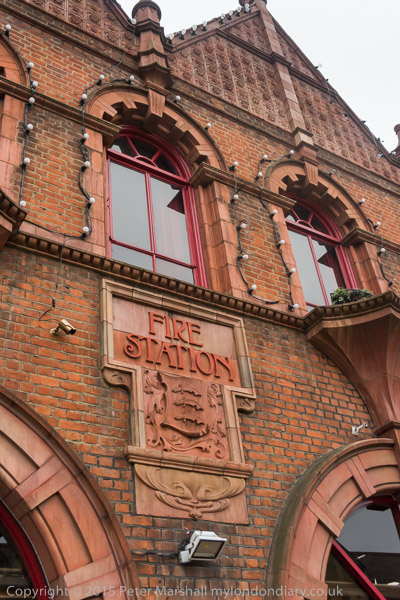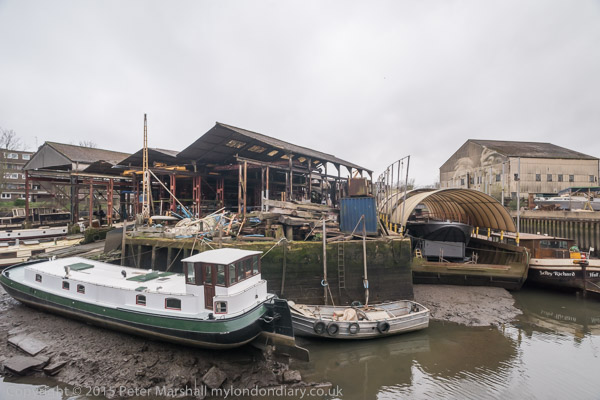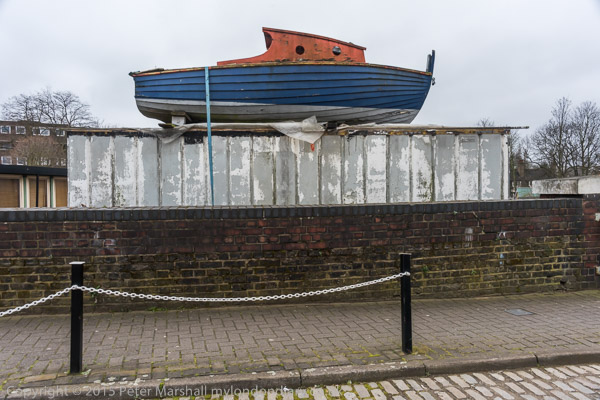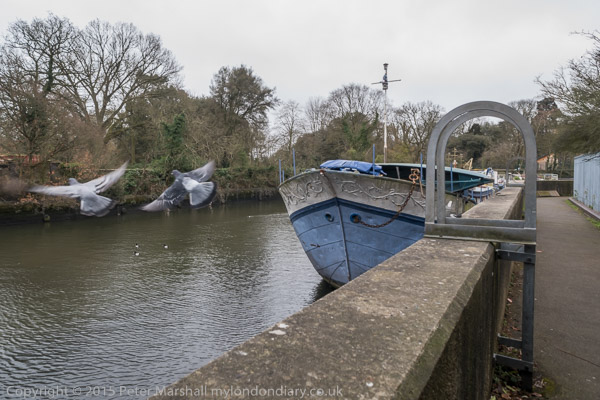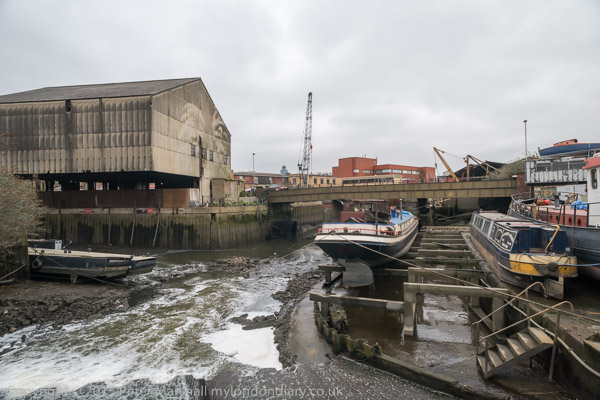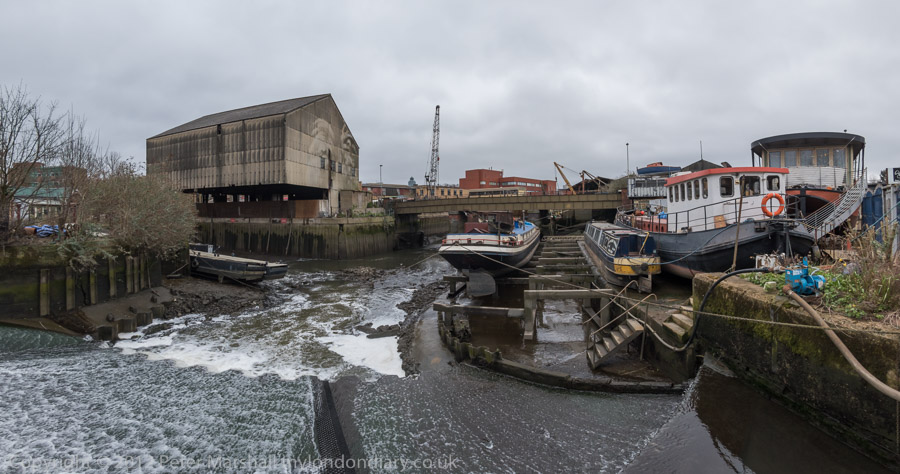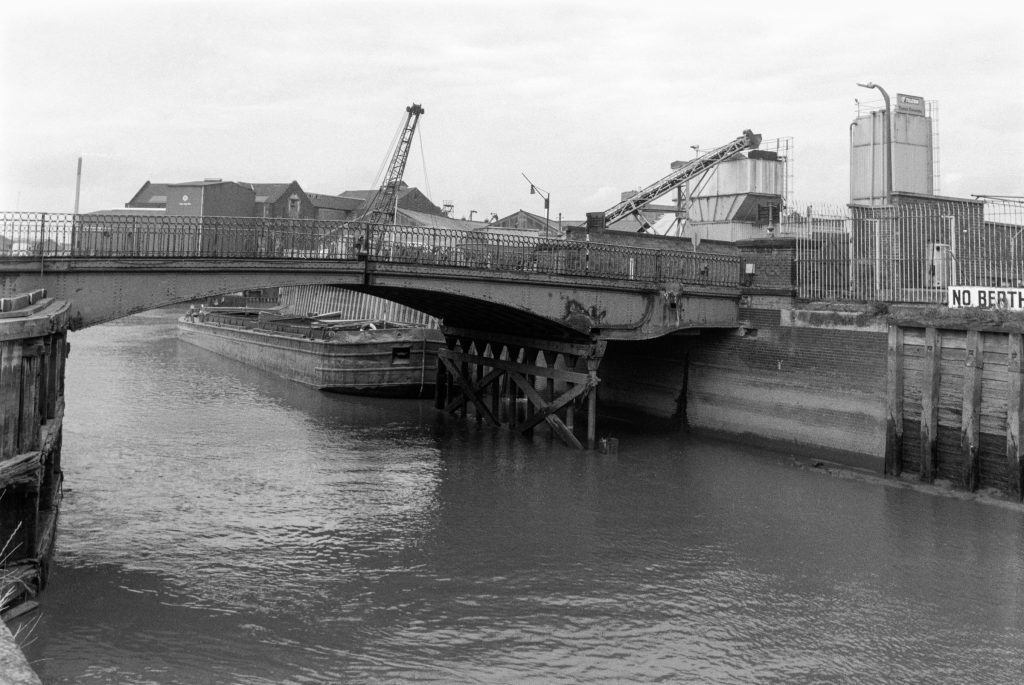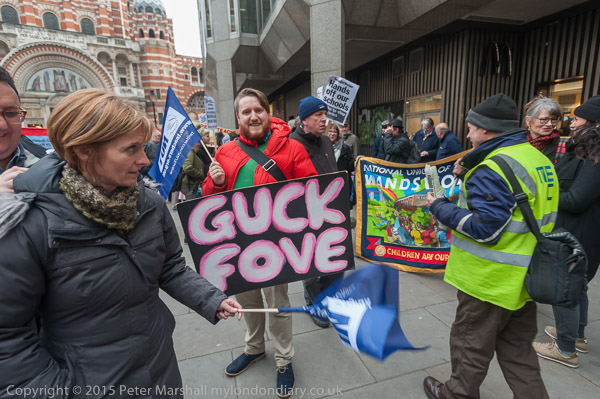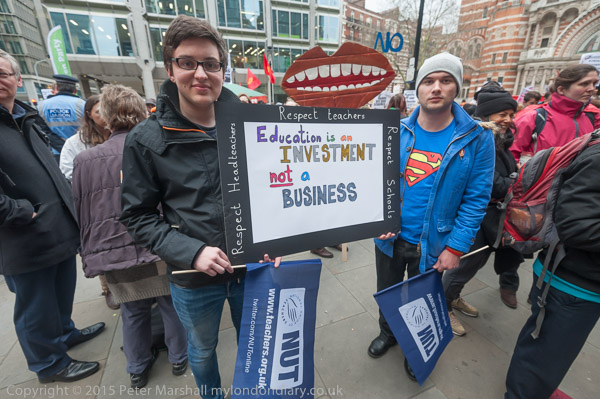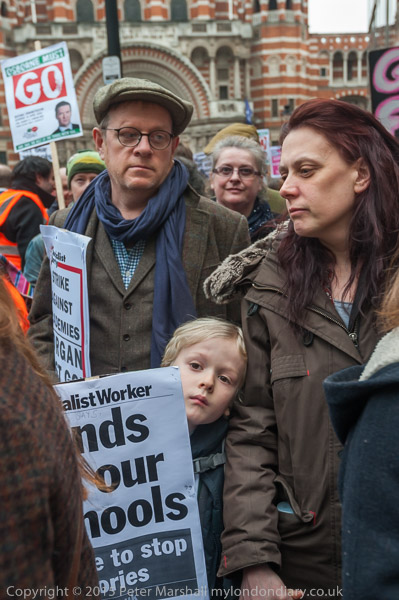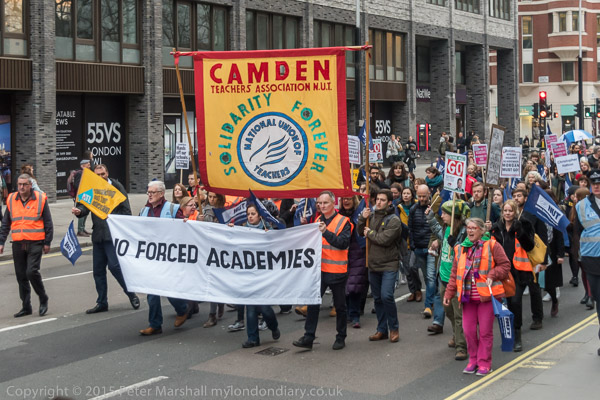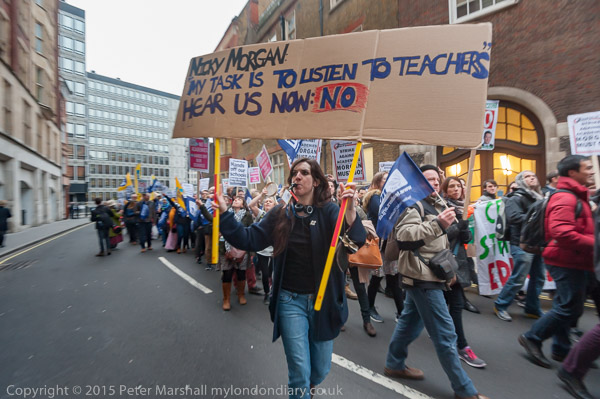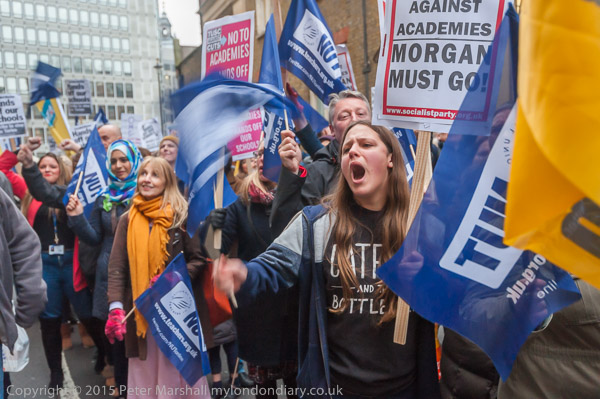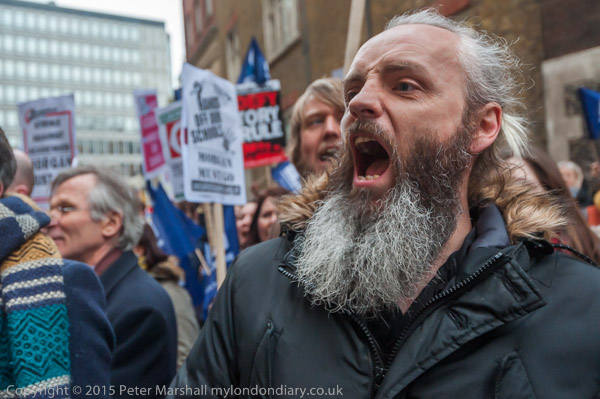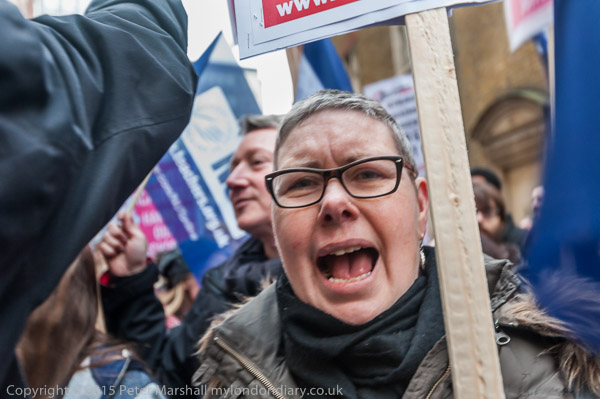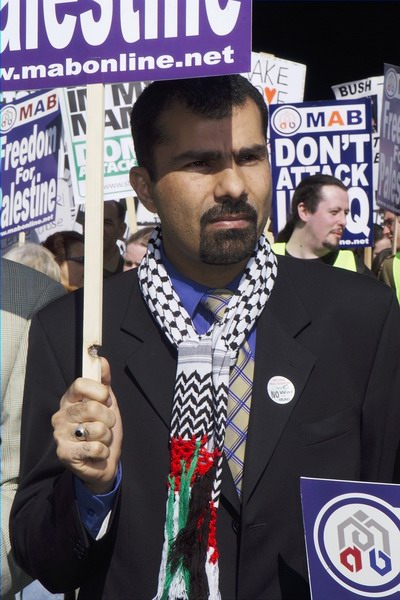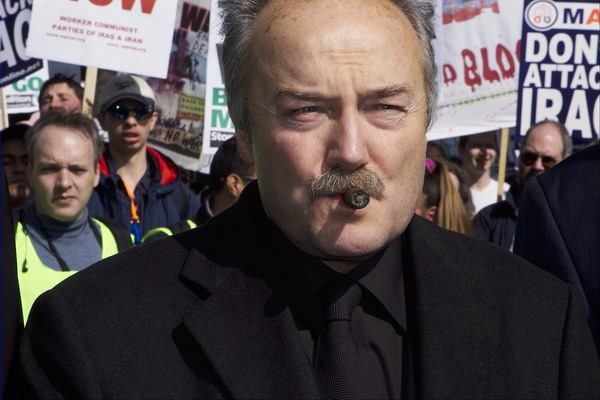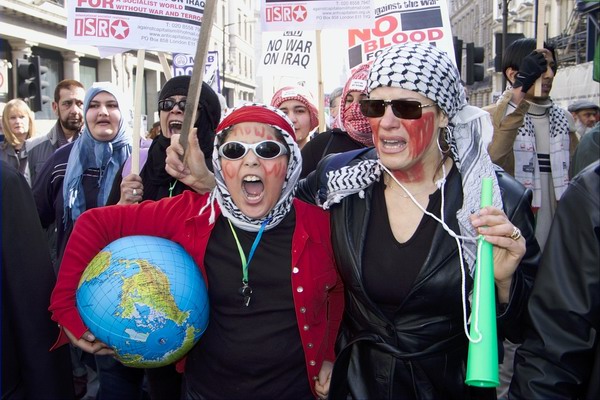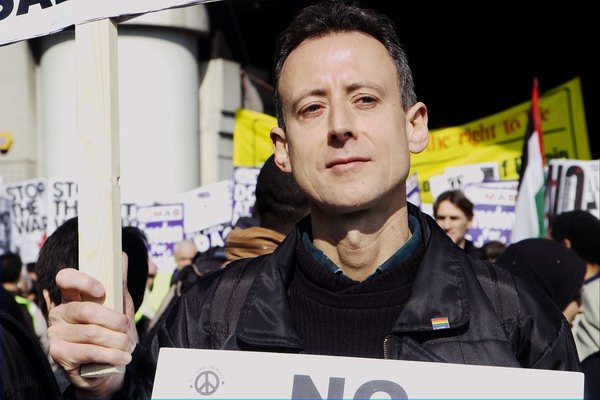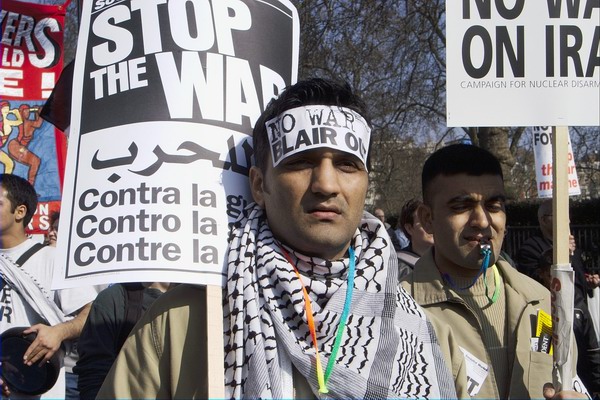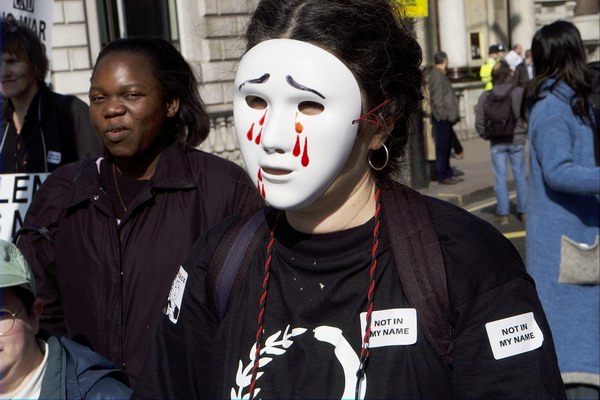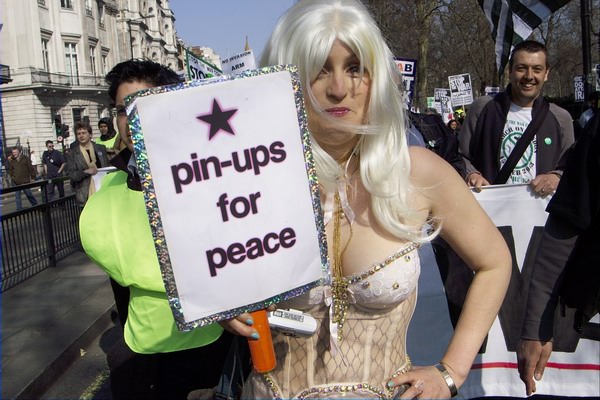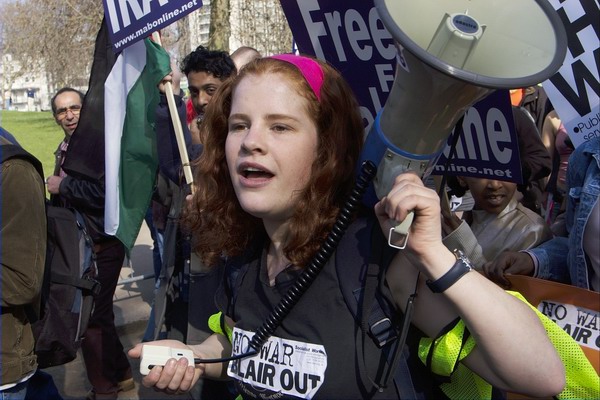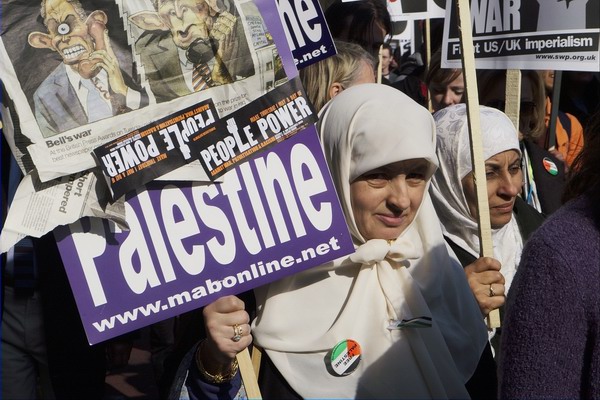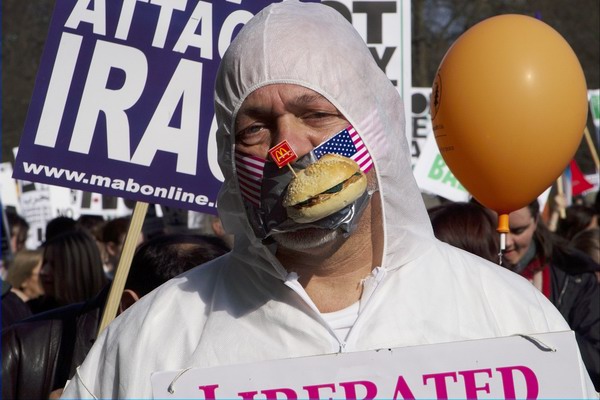Israeli Land Day Massacre & Afrin March – On Saturday 31st March 2018 two emergency protests in London condemned the cold-blooded shooting by the Israeli army of peaceful protesters near the separation wall in Gaza the previous day, Palestinian Land Day. The was also a march calling for an end to the invasion of Afrin by Turkey and al Qaeda-affiliated militias intended to destroy this peaceful state and eliminate the majority Kurdish population of the area.
Land Day protest against supporters of Israeli state – Oxford St
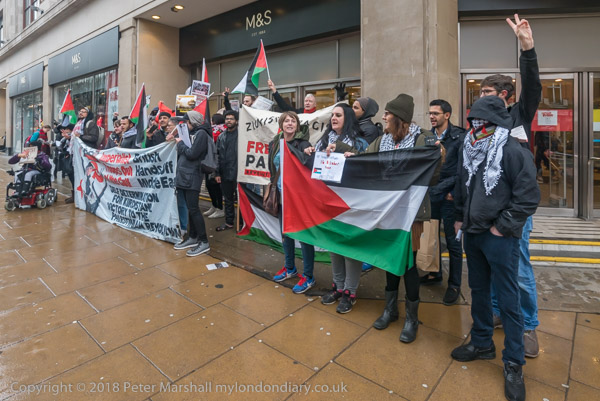
Protesters from the Revolutionary Communist Group have held regular protests outside the Marks and Spencer flagship store on Oxford Street for many years. They were met there this morning by others apalled by the news of the 17 unarmed Palestinian civilians shot dead by Israeli snipers.
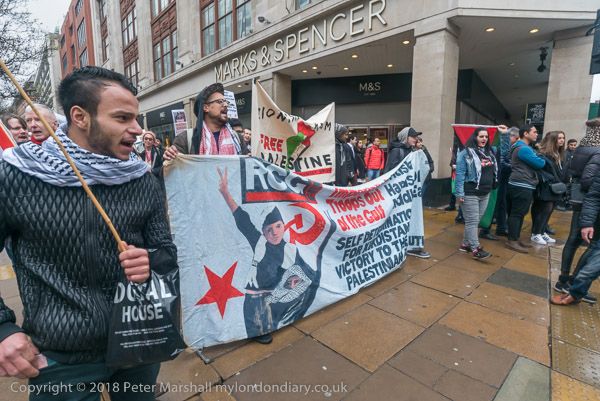
Those murdered in cold blood were taking part in the first of a weekly series of marches, the ‘Great March of Return‘, beginning on Land Day, the anniversary of protests against the state confiscation of swathes of Palestinian land in Galilee in 1976 until Nakba Day on May 15, the anniversary of the expulsion of millions of Palestinians from their homes and villages in 1948.
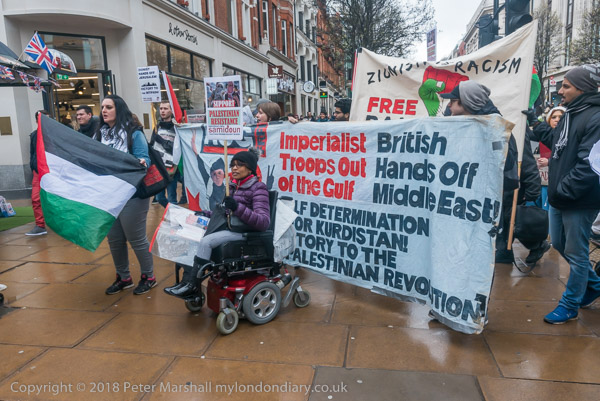
The protesters went from M&S to protest outside other stores on Oxford St with business links with apartheid Israel, calling for shoppers to boycott them. While I was with them they also protested outside Selfridges, which sells Israeli wines, Adidas which supports the Israel football team, Boots which sells cosmetics made in Israel and Carphone Warehouse and were continuing along the street when I had to leave.
Land Day protest against Israeli state
Defend Afrin – Bring Anna Home – Oxford St
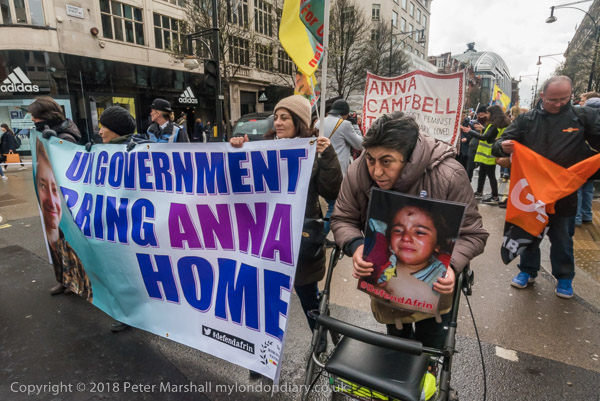
Turkey’s attack on Afrin in north-west Syria is a clear violation of international law, and air strikes have deliberately targeted civilian areas.
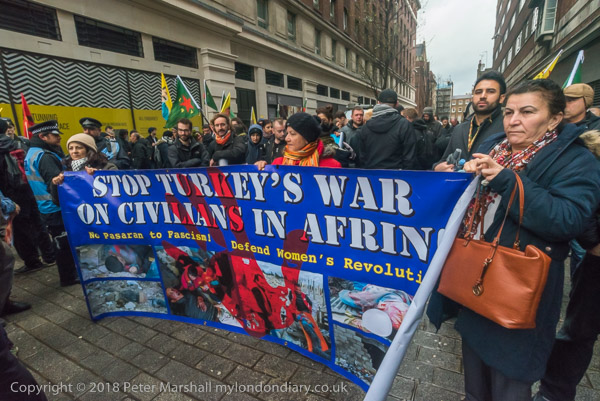
Turkey has NATO’s second largest army and much of its weapons come from European states including the UK which had recently signed a major arms deal. The UK government has expressed support for Turkey, claiming it has a right to defend it borders, but this attack is outside these and Turkey has clearly announce an intention to push far into Syria.
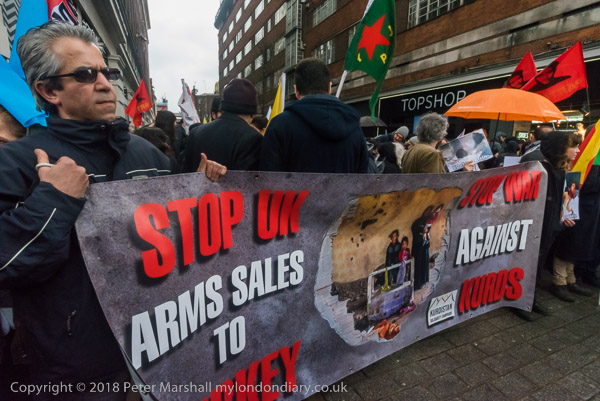
Turkish aims are clearly genocidal with Turkish president Erdogan having stated he intends to invade all the Kurdish areas of Syria and “cleanse” the area of its Kurdish people.
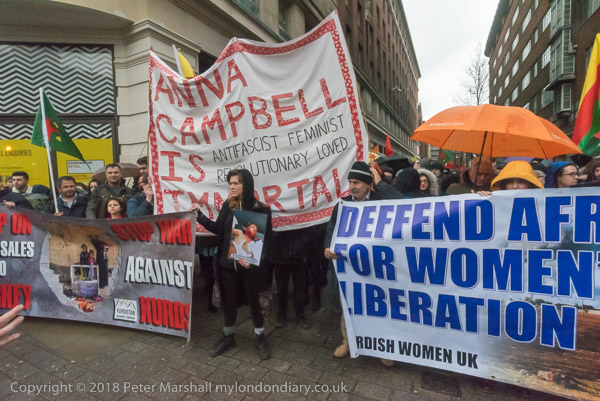
As well as calling for an immediate ceasefire and end to the Turkish invasion of Syrian and UK support for this, they called for an end of UK arms sales to all human rights abusing regimes in the Middle East and for humanitarian relief for Afrin and other areas of Syria and for an investigation into human rights abuses there. They also called on the UK government to demand Turkey return the body of YPJ volunteer Anna Campbell to her family in Sussex.
Much more on My London Diary at Defend Afrin – Bring Anna Home.
Israeli Embassy Protest against Land Day Killings
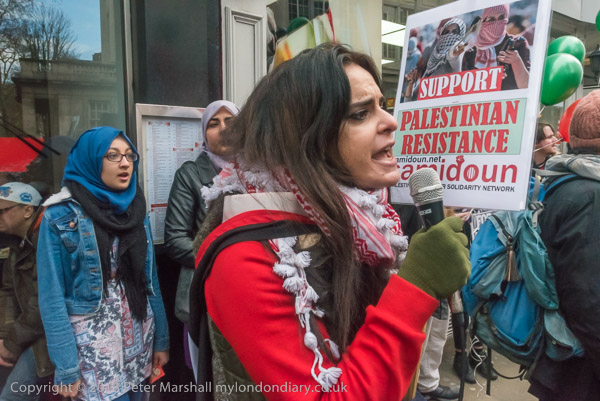
I joined others close to the Israeli embassy in Kensington for an emergency protest against the shooting of unarmed protesters several hundred yards from the Gaza separation wall by IDF snipers. 17 Civilians were killed and over 750 seriously injured by live fire, with others injured by rubber bullets and tear gas.
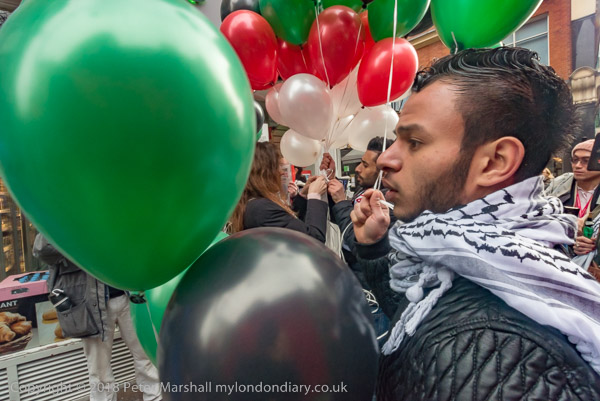
The massacre the previous day had shocked the world and led the UN to call for an independent investigation, which Israel have refused – just as they have refused calls for independent investigation into other massacres. The news had come too late for a large protest to be organised – which followed in April.
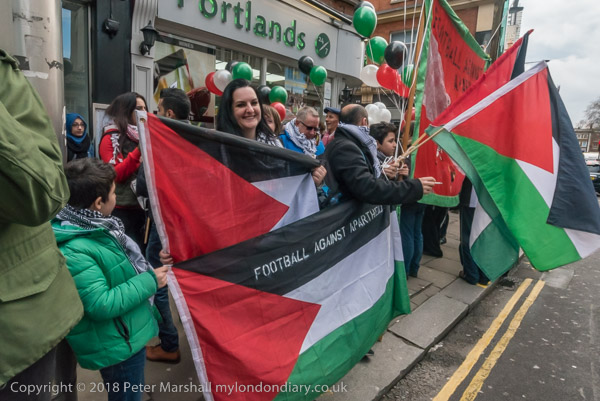
Coverage of the event in the UK media on the day had been surprisingly muted, with the BBC giving considerable air-time to Israeli state speakers shamefully claiming the massacre was reasonable and fully justified. The same thing has been happening over events in Gaza in recent months, though I think it has now become very much clearer that they have lost all credibility and even some presenters have sometimes challenged them.
